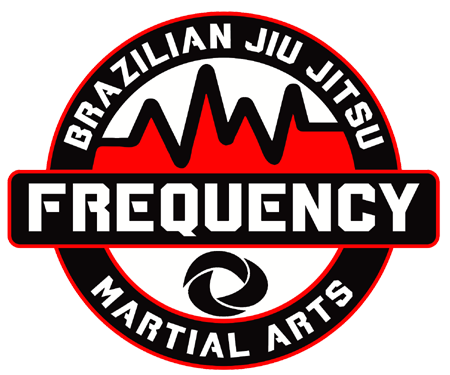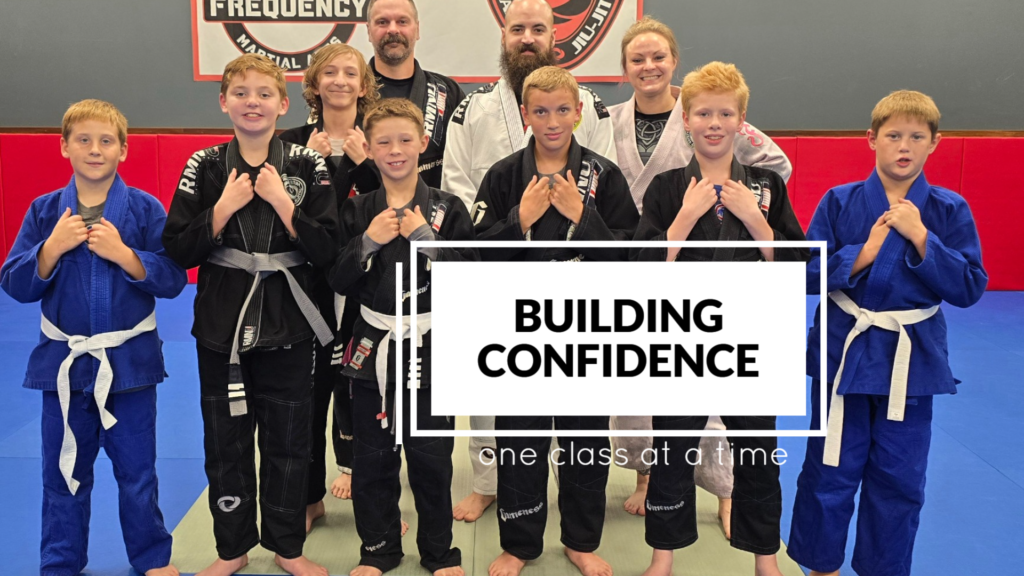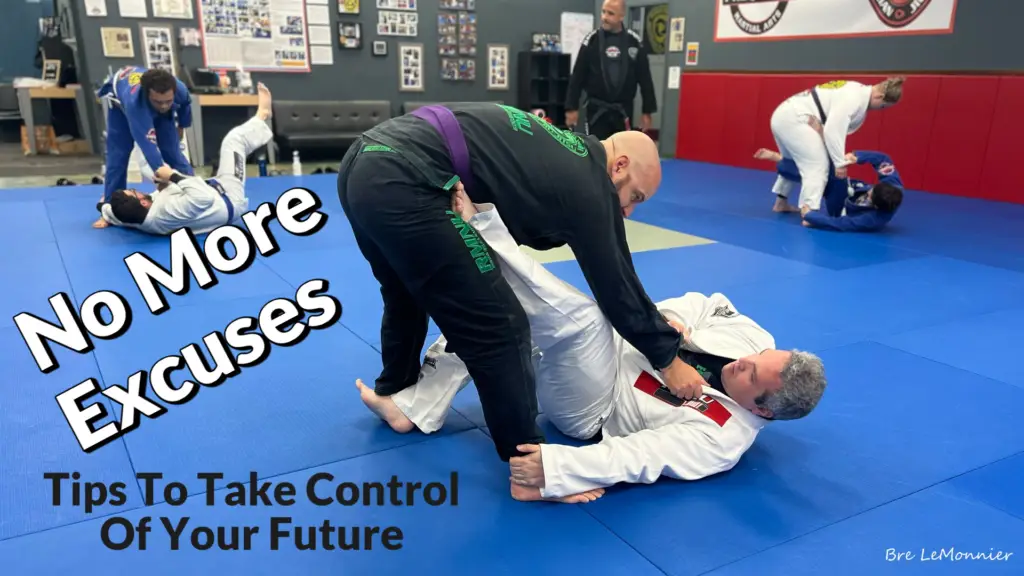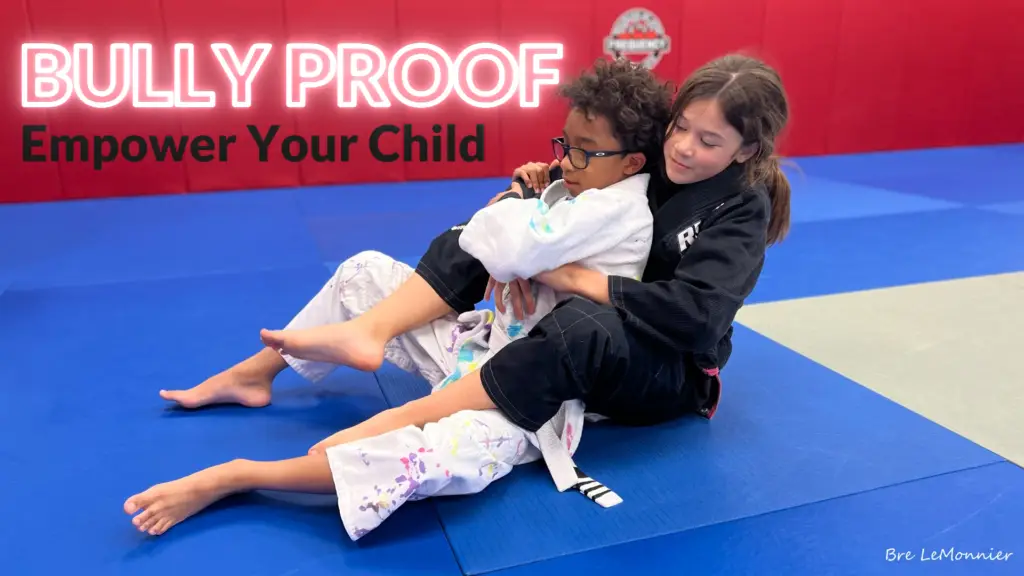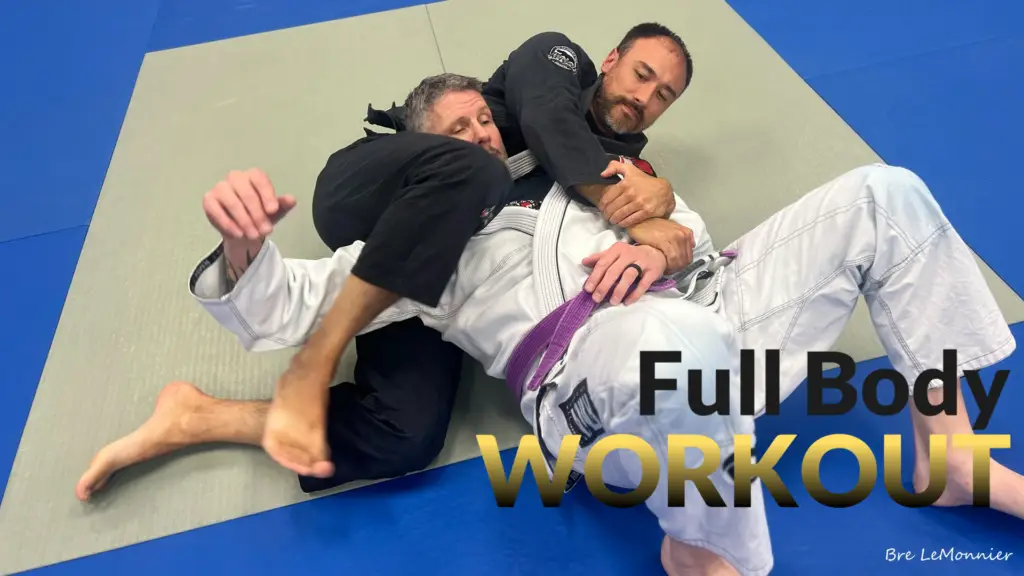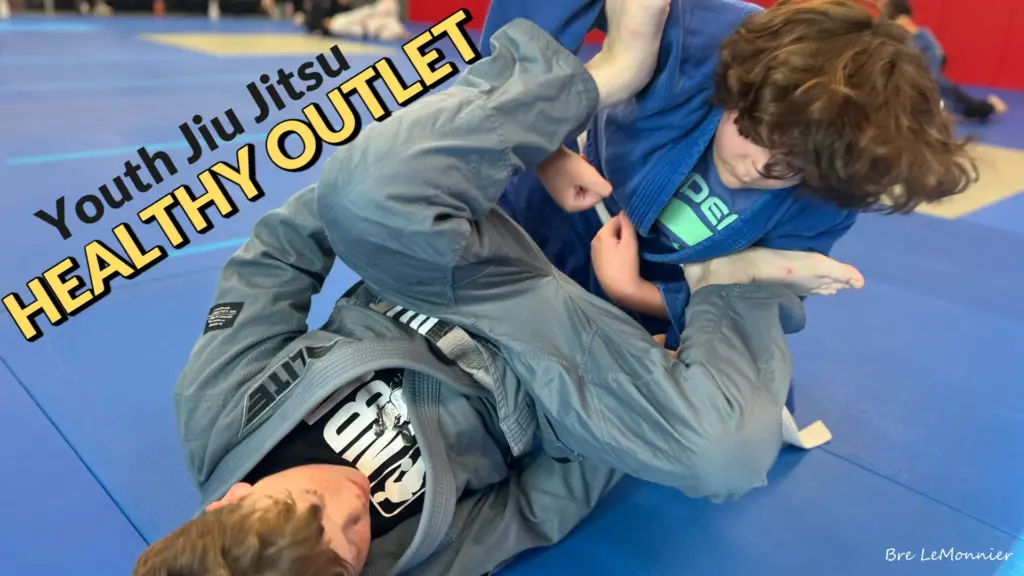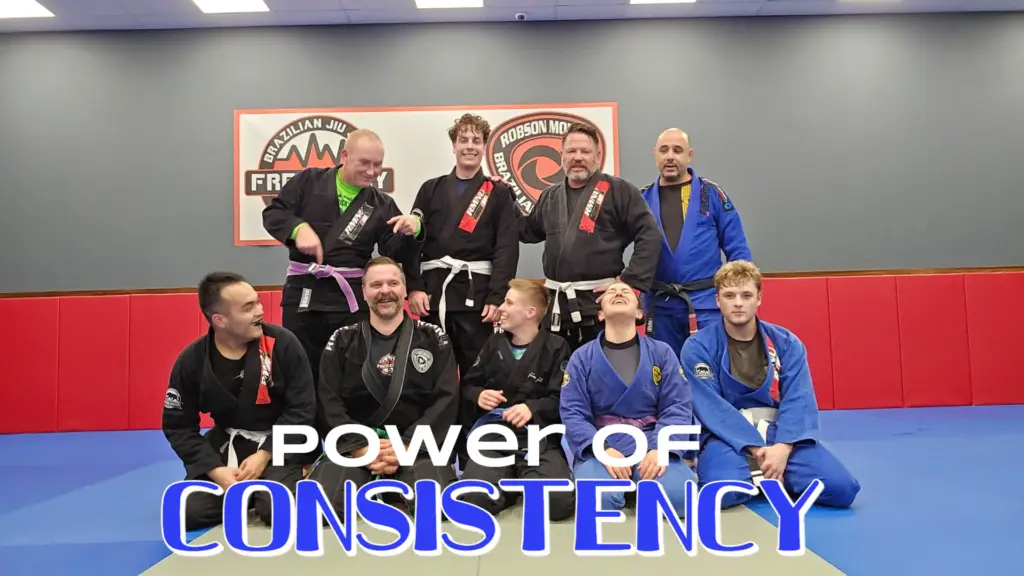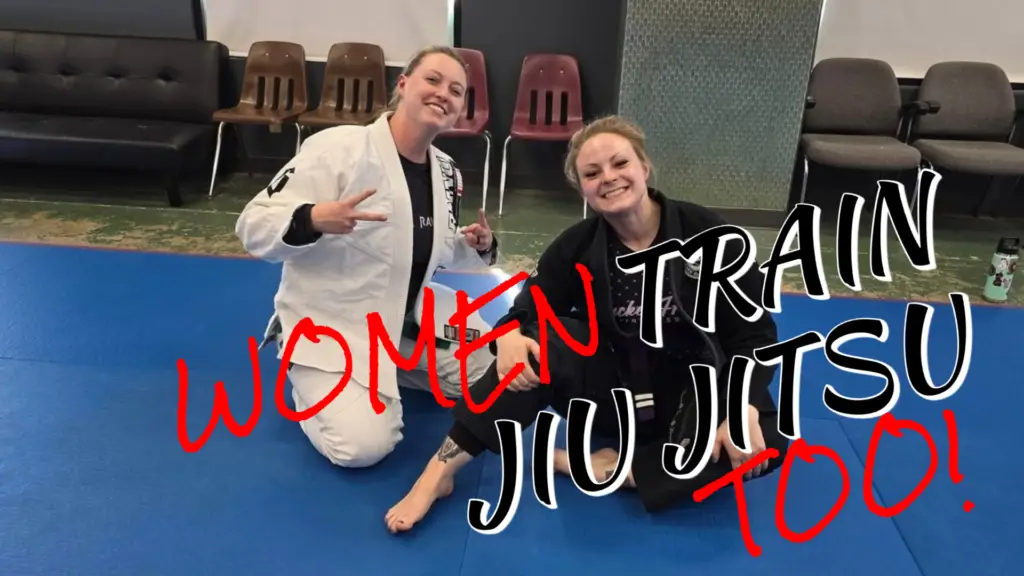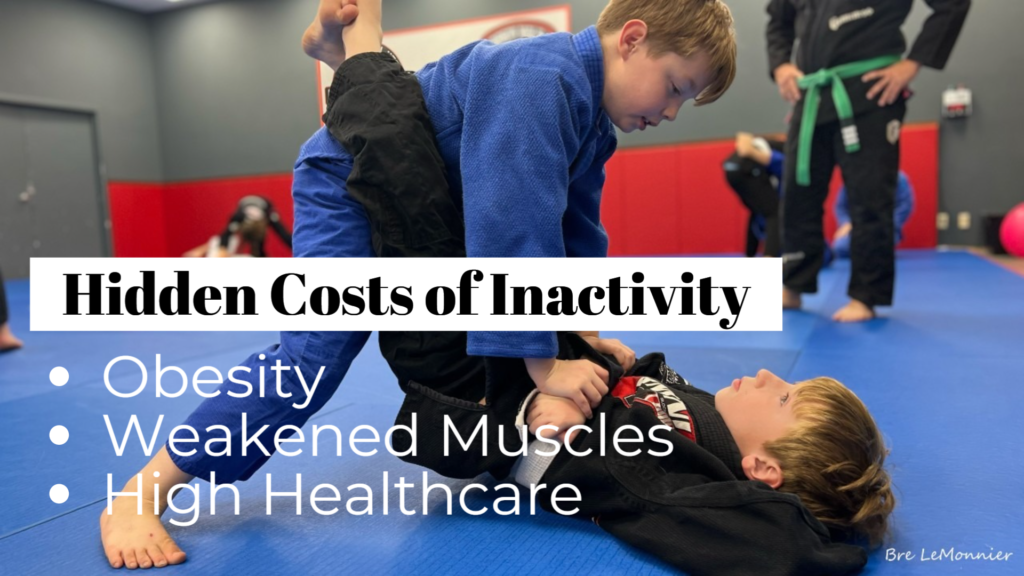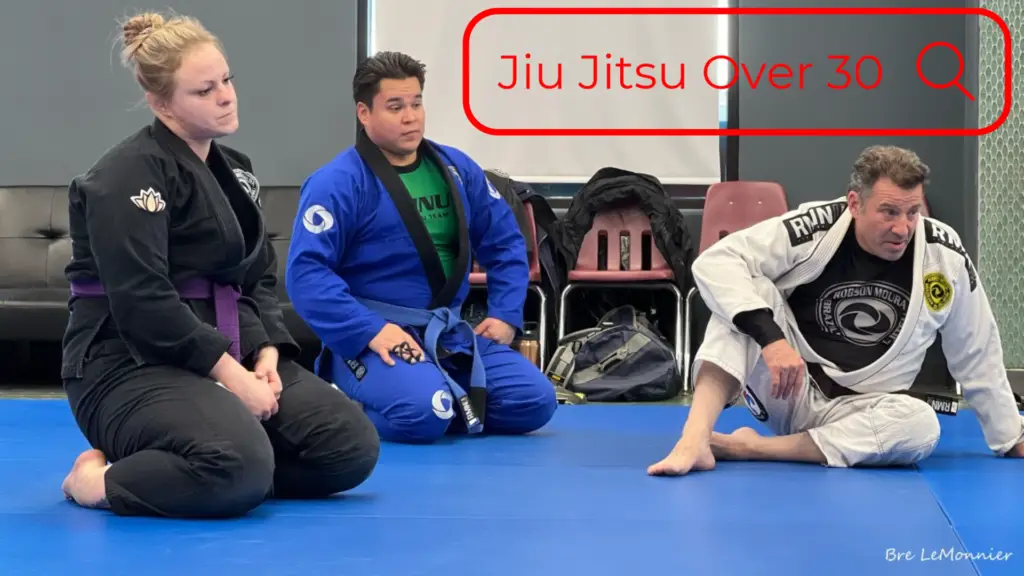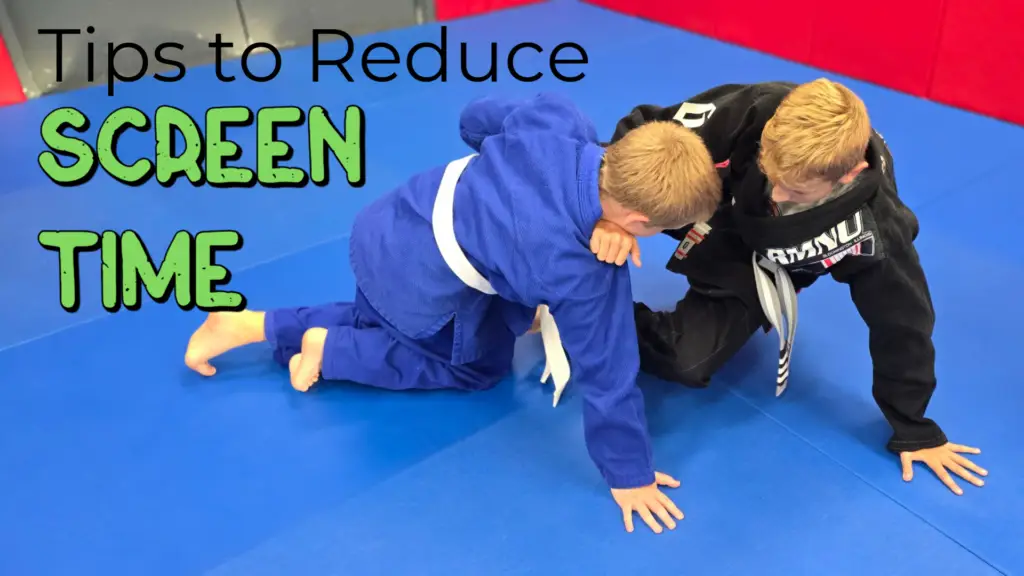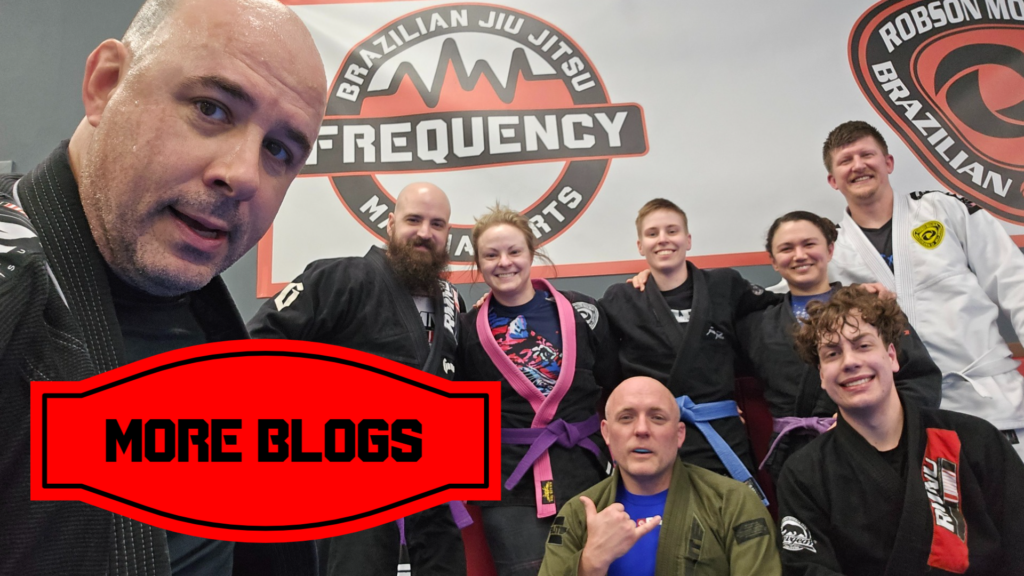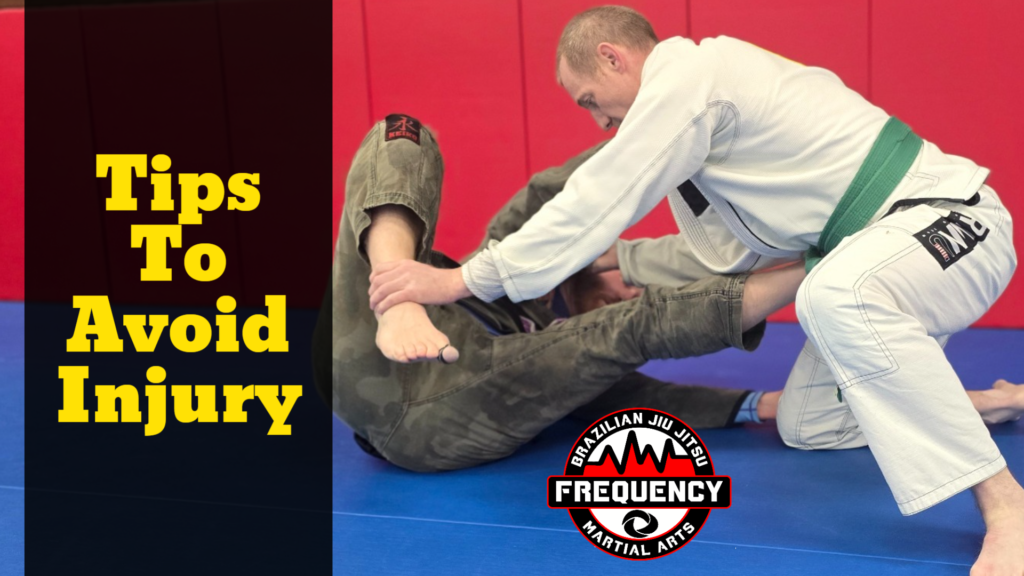
How to Avoid Injuries and Train Smart as an Adult Practitioner
Jiu jitsu is a lifelong journey—but only if your body can keep up.
Unlike younger athletes, adult practitioners must approach training with longevity in mind. Ignoring recovery, pushing through pain, or overtraining can lead to injuries that take weeks—or even months—to heal.
The good news? Smart training habits can keep you on the mats for years.
Let’s break down how to train smarter, reduce injuries, and keep rolling pain-free.
1. Warm Up Like You Mean It
Skipping a proper warm-up is one of the biggest mistakes adult practitioners make. A rushed or ineffective warm-up increases the risk of injuries.
A. The Right Way to Warm Up
🔹 Mobilize your joints – Focus on shoulders, hips, knees, and neck.
🔹 Activate key muscles – Engage your core, glutes, and stabilizing muscles.
🔹 Gradually increase intensity – Start slow and build up movement speed.
💡 Pro Tip: A good warm-up mimics the movements of jiu jitsu—shrimping, bridging, and hip escapes are excellent ways to prep your body.
2. Train With Awareness, Not Ego
Jiu jitsu is about progress, not proving a point. One of the fastest ways to get injured is by letting your ego dictate your training.
A. Tap Early, Tap Often
❌ “I think I can tough this out…” ✅ “I’ll tap and reset so I can train tomorrow.”
🔹 Why it works: Tapping early prevents unnecessary injuries and allows you to keep training consistently.
B. Choose Your Training Partners Wisely
Not every roll needs to be a battle. Pick partners who:
✔ Prioritize technique over brute strength
✔ Are aware of their movements
✔ Match your training intensity
💡 Avoid reckless training partners—one bad roll can set back your progress for weeks.
3. Listen to Your Body (And Rest When Needed)
Jiu jitsu is addicting, but training through pain is a recipe for long-term injuries.
A. Learn the Difference Between Soreness and Injury
🔸 Soreness – Normal muscle fatigue that improves with movement. 🔸 Pain – Sharp, lingering discomfort that worsens over time.
👉 If it feels like an injury, treat it like one.
B. Prioritize Recovery
✔ Hydrate and eat well – Fuel your body for recovery.
✔ Sleep at least 7-8 hours – Poor sleep increases injury risk.
✔ Use active recovery – Light movement and mobility work keep you loose.
💡 Pro Tip: Rest days don’t mean doing nothing—walking, yoga, or swimming can aid recovery without overloading your body.
4. Improve Flexibility and Mobility
Jiu jitsu puts constant stress on your joints and muscles. Without proper mobility, you’re more prone to injuries.
A. Focus on These Key Areas:
🔹 Hips – Essential for guard retention and movement.
🔹 Shoulders – Helps prevent common submission-related injuries.
🔹 Spine – Keeps your back healthy for inverting and bridging.
✔ Add 5-10 minutes of stretching or mobility work after class to improve flexibility over time.
5. Strength Train to Bulletproof Your Body
Strength training isn’t just for competitors—it’s a key component of injury prevention.
A. Focus on Functional Strength
✅ Core Stability – Protects your spine and improves balance.
✅ Grip Strength – Reduces forearm fatigue and enhances control.
✅ Leg & Hip Strength – Supports guard retention and takedowns.
💡 Pro Tip: You don’t need heavy weights—bodyweight exercises like planks, squats, and pull-ups are excellent for jiu jitsu.
6. Train Smarter, Not Harder
Long-term success in jiu jitsu isn’t about how many hours you train—it’s about how smartly you train.
A. Quality Over Quantity
❌ Rolling for two hours without purpose ✅ Focused drilling + technical sparring = better results
🔹 Why it works: Training smarter reduces burnout and enhances learning.
7. Know When to Take a Break
One of the hardest lessons to learn is that rest is part of training.
A. Taking Time Off Doesn’t Mean You’re Weak
If you’re feeling run down, a few days off can:
✔ Reduce injury risk
✔ Improve performance
✔ Keep you mentally fresh
👉 Jiu jitsu is a marathon, not a sprint. Train in a way that lets you enjoy the journey for decades.
8. Stay Healthy, Keep Rolling
Jiu jitsu isn’t about how fast you progress—it’s about staying on the mats long enough to improve.
By warming up properly, training with awareness, listening to your body, and prioritizing recovery, you can train for years without unnecessary injuries.
